
Saving the Bible from Ourselves – Review
In his book Saving the Bible from Ourselves, from IVP Books, Glenn R. Paauw discusses the problems with our Bibles. He makes a strong case that the design of our Bibles actually hurt our understanding and comprehension and keep us from doing the number one thing we should be doing with the Bible- reading it.
Paauw raises two questions: 1, what is the Bible? 2, what are we supposed to do with it? He seeks to demonstrate the answer to these questions by discussing seven Bibles (some are actually ways we use the Bible) and discusses the problems and benefits with them.
He shows that what we should be doing with the Bible is reading it in large chunks. We should read a book at a time and if we have to stop it’s best to stop where it’s natural rather than at a chapter break. He shows how Bibles are not designed to help in this type of reading, but instead hinder it.
He covers the history of Bible design and shows a few examples. This shows how people throughout history have been able to take Scripture out of context because verses sit apart from each other. The design of the verse-by-verse layout makes it easy to take verses out of context. This has become our standard way of Bible study and many people follow this same practice.
He also shows how the apparatus of the tools have become a problem. Verse numbers and even chapter numbers keep us from seeing the bigger picture. Reference keys can get in the way, calling people to follow the references out of context rather than just read the text.
Study and devotional Bibles call attention away from Scripture. Study Bibles constantly give us something other than the text to look at. When we rely on devotionals that take the scriptures out of their context and original settings we can come to the wrong conclusions and misapply Scripture.
People tend to read the Bible, or small pieces of it, with the purpose of applying it to themselves. However, Paauw shows that the Bible was written to an original audience and, even though there can be an application to us, it originally applied to someone else. He shows the Bible should be read in context with an understanding of the original audience. He also talks about how the Bible was originally read in community and we should continue that practice.
This is an interesting book and it will change what you want in a Bible (for the good). Paauw does get repetitive but it makes sense to repeat the same points where he does. He could even go further. He never clearly shows what he thinks is the best Bible, although I think the Crossway 6-Volume Reader’s Set would be the highest on his list. He doesn’t really mention that a readable Bible would extend to the translation or how red-letter can determine how we think about certain verses.
He gives lots of advice on reading the Bible and keeping the text in its proper context and setting. He, and I second this and know many others do too, would like to see Bibles designed around readability. He would also prefer publishing to be in the hands of the Churches rather than secular publishing companies. Lots of references are cited so you can further your own research if you’re interested. If Paauw can get publishers and consumers to see his points we will end up with the best Bibles ever produced.
I enjoyed reading this book and it’s confirming the conclusions that I’ve been coming to myself. I prefer text only, paragraph, poetry set in stanzas on wide columns, verse numbers practically invisible, chapter numbers not unnaturally separating the text but identifiable, no section headings unnaturally separating the text, etc. I read the Bible in large portions more than I run references and I prefer a text that’s clean and readable on high quality paper.
I highly recommend Saving the Bible from Ourselves to every Bible reader, designer, publisher, preacher, student, and pastor to help them get the most out of choosing and using a Bible.
__________________________
__________________________
IVP provided this book free for review. I was not required to give a positive review – only an honest review. My opinions are my own.

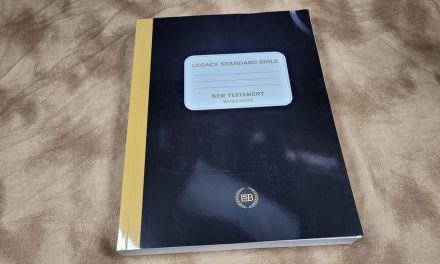
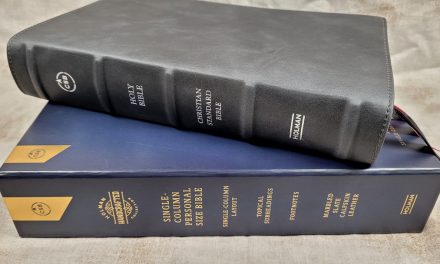
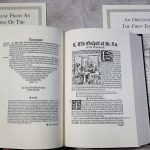
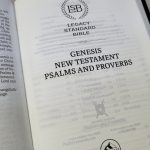


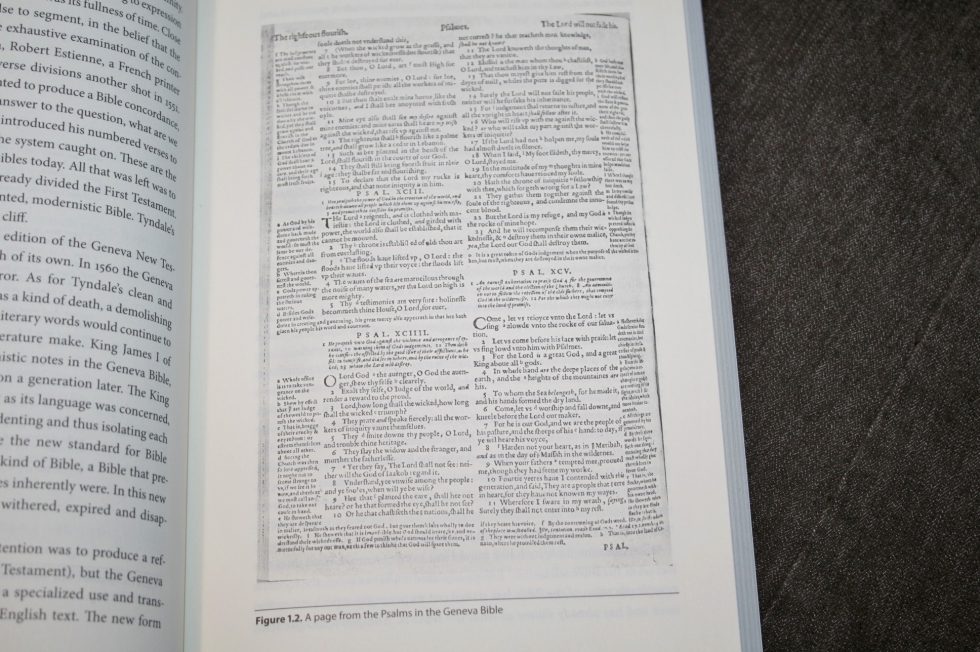
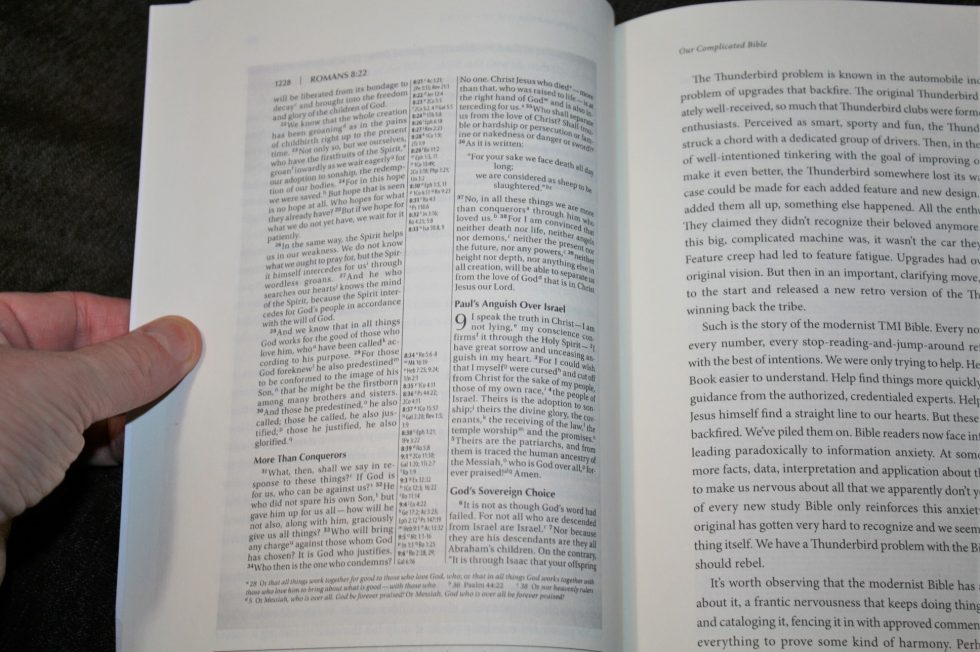

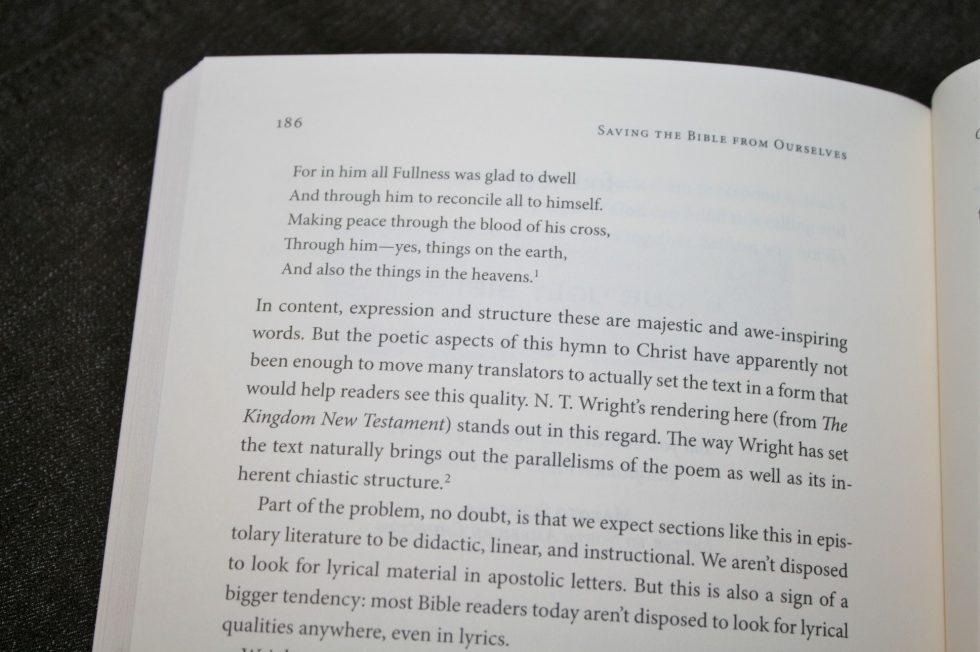


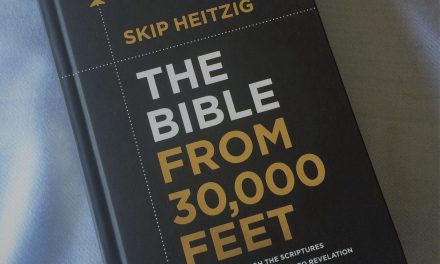
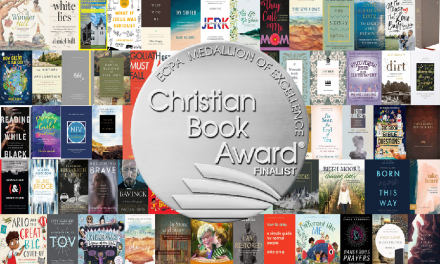



Thank you for this review! I searched a lot before buying a wide margins Bible, following your advice I choose the ESV from Crossway. Now I use an app (OliveTree) for reading because it offers a solution to several of these problems. Notes from study bibles are set aside (you buy the notes, not the Bible!), as well as commentaries. It is easy to read different introductions of a book to get the context, from different points of view if one has several study bibles, commentaries and dictionaries in the app (that’s my case, as I study theology). Cross-references appear in a separate window, you can look at them after having read the text. You can easily compare translations or get the Greek in the NT as well.
It is only after having read a large part or an entire book that I use all these tools. And then I write in my ESV only but what is helpful to me.
I hope this comment will help…
Well… English is not my first language… I meant that I use the app for study (not reading!) and read the text in my ESV… sorry for the confusion…
Hi Sophie. Thanks for sharing! Apps are great for study. I also read a print Bible and do my study in an app. OliveTree is a great choice!
How do you like the Wide Margin?
Hello Randy,
well, I have two wide margins bibles in fact (again, thanks to your advice!). I chose the NISB because I do not worry about making mistakes in it. It is also the only one-column bible with blank margins in this range of price. I like the free chapter headings and the “at a glance” charts. Tips for reading at the beginning of each book are great, but it is also good to look at introductions in other bibles – otherwise it becomes an induced (rather than inductive) study 😉
The Crossway ESV wide-margin is GREAT, I love it!! In fact, there are no such bibles in French (my native language), so it is hard to compare. To be honest, I am now studying and reading the Bible in English because of these wonderful editions. I chose the ESV because it was the most accessible for my level. With time, I think I will be able to read NRSV or NKJV.
I was looking for a wide-margin bible with blank margins, so I had to take a two-columns layout. I preferred the Crossway (against Cambridge) because the margins have the same size – how is it possible to justify the fact that the text on the left can receive less notes…?! The reference at the end are also a good point for Crossway, it doesn’t hinder the reading. And the red letters are really good. It is the most beautiful Bible I have seen, I hope it will last !
Now, coming back to the book you reviewed, I do agree with the fact that the Bible must be read, and that all notes, references, comments, can be an hindrance to reading. So in study bibles, the notes could receive a bigger font and the bible text a smaller one : the purpose of these books are in their notes, that’s why I use an app to access them.
But, in my opinion, the Bible is also a book to be lived. It is not a novel. I would like to cite Gregory the Great : “The sacred Scriptures grow with the one who reads them”. The wide margins are really great, because they are places for writing this growing life with AND of the Scripture. In the margins, one can see that the Scriptures is living its own life in the reader’s life.
Self-centered reading is always a risk, especially with devotional bibles for a very specific public, and with study bible with a strong theological orientation. But writing in the margins is a witness of what the reading has brought to the reader. In the Crossway edition, one of the first pages is very touching: the names of the owners can be written. It is quite unusual for me. Because of this page, this Bible is not meant to be “my” own book, but a living companion that may become (with the Lord’s grace) a witness to pass to others, so that it may grow more and more with them…
So : thank you so much for promoting wide margins Bible !
Thanks Sophie! You’ve hit the exact reasons I love the Crossway wide margin: wider inner column than Cambridge, references under the last verse so the text doesn’t share column width with references, and I would even add multiple price-points depending on which cover you wanted. This makes it easier to experiment. Excellent points about the Bible being a book that’s meant to be lived.